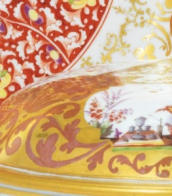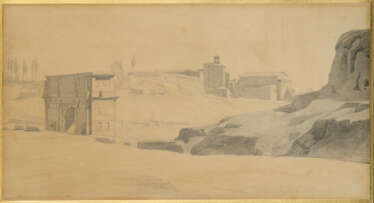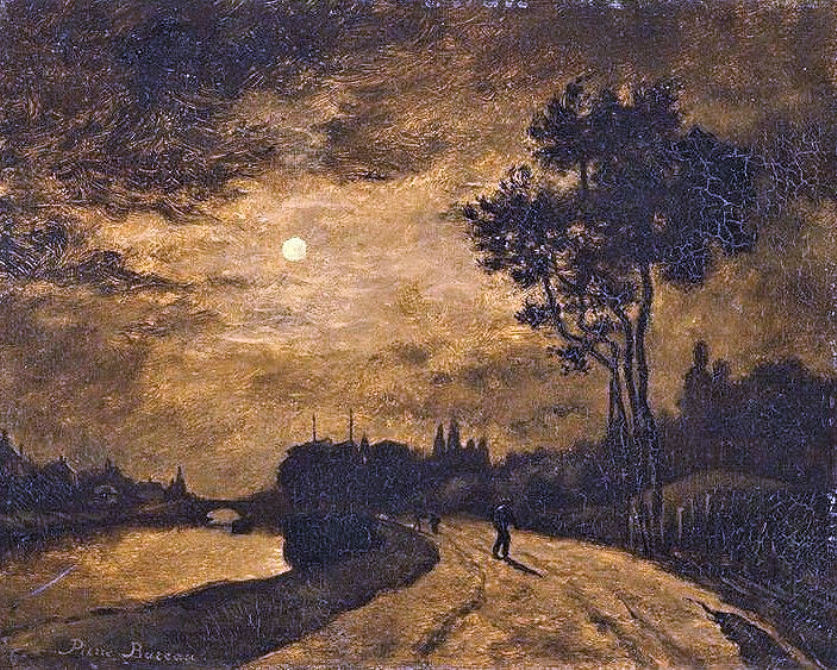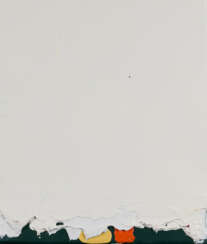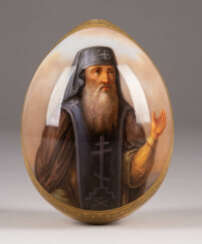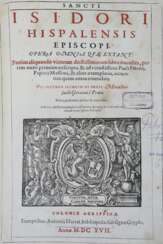isidor

Isidore Stanislas Henri Helman was a French painter and engraver.
Among other works, Helman published an abridged version of the album Conquests of the Emperor of China, which was originally printed in an edition of only 200 copies, almost all of which were sent to Emperor Qianlong. Helman developed an interesting style of depicting Chinese art and Chinese subjects aimed at a European audience.


Isidore-Alexandre-Augustin Pils, a prominent French academic painter born in 1815, is renowned for his religious and military-themed artworks. His journey in art began under the tutelage of Guillaume Guillon-Lethière and later, François-Édouard Picot. Pils' prowess led him to win the prestigious Prix de Rome in 1838 with his history painting "St. Peter Healing a Lame Man at the Door of the Temple."
Pils' early works were religious in nature, but his experiences traveling with French troops in Crimea shifted his focus to military and nationalistic subjects. His most famous work from this period is "Rouget de L'Isle Singing La Marseillaise," currently housed in the Musée historique de Strasbourg. During the Franco-Prussian War of 1870, he produced many impactful military scenes.
Apart from his remarkable paintings, Pils also contributed to the architectural beauty of Paris. He painted part of the ceiling of the grand staircase of the Palais Garnier, consisting of four panels: The Gods of Olympus, Apollo in His Chariot, Triumph of Harmony, and Apotheosis of the Opera. These works were completed in the year of his death, 1875.
Pils' role as an educator was equally significant. In 1863, he was appointed a professor of painting at the École des Beaux-Arts. His influence extended to numerous students who later became notable artists themselves.
Some of Pils' other notable works include a preparatory study for the decorative projects in the Paris churches of Saint-Eustache and Sainte-Clotilde, titled "Lamentation," reflecting the popular Christian theme during the 19th century.
Isidore Pils passed away in 1875 in Douarnenez and was buried in Père Lachaise Cemetery. His legacy continues to be celebrated by art collectors and enthusiasts, particularly those interested in French academic art and its rich history of religious and military representations.
For art collectors and enthusiasts keen on exploring the legacy of French academic painting and Isidore Pils' contributions, we encourage you to connect with us. By signing up for our newsletter, you'll receive exclusive updates on sales, auctions, and events featuring works of Isidore Pils. Don't miss the opportunity to delve deeper into the world of this distinguished artist.



Isidore-Alexandre-Augustin Pils, a prominent French academic painter born in 1815, is renowned for his religious and military-themed artworks. His journey in art began under the tutelage of Guillaume Guillon-Lethière and later, François-Édouard Picot. Pils' prowess led him to win the prestigious Prix de Rome in 1838 with his history painting "St. Peter Healing a Lame Man at the Door of the Temple."
Pils' early works were religious in nature, but his experiences traveling with French troops in Crimea shifted his focus to military and nationalistic subjects. His most famous work from this period is "Rouget de L'Isle Singing La Marseillaise," currently housed in the Musée historique de Strasbourg. During the Franco-Prussian War of 1870, he produced many impactful military scenes.
Apart from his remarkable paintings, Pils also contributed to the architectural beauty of Paris. He painted part of the ceiling of the grand staircase of the Palais Garnier, consisting of four panels: The Gods of Olympus, Apollo in His Chariot, Triumph of Harmony, and Apotheosis of the Opera. These works were completed in the year of his death, 1875.
Pils' role as an educator was equally significant. In 1863, he was appointed a professor of painting at the École des Beaux-Arts. His influence extended to numerous students who later became notable artists themselves.
Some of Pils' other notable works include a preparatory study for the decorative projects in the Paris churches of Saint-Eustache and Sainte-Clotilde, titled "Lamentation," reflecting the popular Christian theme during the 19th century.
Isidore Pils passed away in 1875 in Douarnenez and was buried in Père Lachaise Cemetery. His legacy continues to be celebrated by art collectors and enthusiasts, particularly those interested in French academic art and its rich history of religious and military representations.
For art collectors and enthusiasts keen on exploring the legacy of French academic painting and Isidore Pils' contributions, we encourage you to connect with us. By signing up for our newsletter, you'll receive exclusive updates on sales, auctions, and events featuring works of Isidore Pils. Don't miss the opportunity to delve deeper into the world of this distinguished artist.


Isidore-Alexandre-Augustin Pils, a prominent French academic painter born in 1815, is renowned for his religious and military-themed artworks. His journey in art began under the tutelage of Guillaume Guillon-Lethière and later, François-Édouard Picot. Pils' prowess led him to win the prestigious Prix de Rome in 1838 with his history painting "St. Peter Healing a Lame Man at the Door of the Temple."
Pils' early works were religious in nature, but his experiences traveling with French troops in Crimea shifted his focus to military and nationalistic subjects. His most famous work from this period is "Rouget de L'Isle Singing La Marseillaise," currently housed in the Musée historique de Strasbourg. During the Franco-Prussian War of 1870, he produced many impactful military scenes.
Apart from his remarkable paintings, Pils also contributed to the architectural beauty of Paris. He painted part of the ceiling of the grand staircase of the Palais Garnier, consisting of four panels: The Gods of Olympus, Apollo in His Chariot, Triumph of Harmony, and Apotheosis of the Opera. These works were completed in the year of his death, 1875.
Pils' role as an educator was equally significant. In 1863, he was appointed a professor of painting at the École des Beaux-Arts. His influence extended to numerous students who later became notable artists themselves.
Some of Pils' other notable works include a preparatory study for the decorative projects in the Paris churches of Saint-Eustache and Sainte-Clotilde, titled "Lamentation," reflecting the popular Christian theme during the 19th century.
Isidore Pils passed away in 1875 in Douarnenez and was buried in Père Lachaise Cemetery. His legacy continues to be celebrated by art collectors and enthusiasts, particularly those interested in French academic art and its rich history of religious and military representations.
For art collectors and enthusiasts keen on exploring the legacy of French academic painting and Isidore Pils' contributions, we encourage you to connect with us. By signing up for our newsletter, you'll receive exclusive updates on sales, auctions, and events featuring works of Isidore Pils. Don't miss the opportunity to delve deeper into the world of this distinguished artist.


Isidore Stanislas Henri Helman was a French painter and engraver.
Among other works, Helman published an abridged version of the album Conquests of the Emperor of China, which was originally printed in an edition of only 200 copies, almost all of which were sent to Emperor Qianlong. Helman developed an interesting style of depicting Chinese art and Chinese subjects aimed at a European audience.


Jaime Isidoro is a Portuguese artist. Studied drawing and painting at Escola Soares dos Reis, Porto. For the first time he exhibited individually in 1945 (Porto). Parallel to his career as an artist, he has engaged in a wide range of activities as a cultural animator, gallery owner and teacher associated with important visual arts moments in the city of Porto and in the country. Since the urban landscape, especially the city of Porto, was the subject of many of his works, he initially created figurative works with sensitive formal simplifications, later developing into abstraction. His career as an artist has been marked by two distinct periods that define different phases: the first occurred in the mid-1940s and mid-1950s, while the second developed from the second half of the 1980s.


Jaime Isidoro is a Portuguese artist. Studied drawing and painting at Escola Soares dos Reis, Porto. For the first time he exhibited individually in 1945 (Porto). Parallel to his career as an artist, he has engaged in a wide range of activities as a cultural animator, gallery owner and teacher associated with important visual arts moments in the city of Porto and in the country. Since the urban landscape, especially the city of Porto, was the subject of many of his works, he initially created figurative works with sensitive formal simplifications, later developing into abstraction. His career as an artist has been marked by two distinct periods that define different phases: the first occurred in the mid-1940s and mid-1950s, while the second developed from the second half of the 1980s.


Jaime Isidoro is a Portuguese artist. Studied drawing and painting at Escola Soares dos Reis, Porto. For the first time he exhibited individually in 1945 (Porto). Parallel to his career as an artist, he has engaged in a wide range of activities as a cultural animator, gallery owner and teacher associated with important visual arts moments in the city of Porto and in the country. Since the urban landscape, especially the city of Porto, was the subject of many of his works, he initially created figurative works with sensitive formal simplifications, later developing into abstraction. His career as an artist has been marked by two distinct periods that define different phases: the first occurred in the mid-1940s and mid-1950s, while the second developed from the second half of the 1980s.


Jaime Isidoro is a Portuguese artist. Studied drawing and painting at Escola Soares dos Reis, Porto. For the first time he exhibited individually in 1945 (Porto). Parallel to his career as an artist, he has engaged in a wide range of activities as a cultural animator, gallery owner and teacher associated with important visual arts moments in the city of Porto and in the country. Since the urban landscape, especially the city of Porto, was the subject of many of his works, he initially created figurative works with sensitive formal simplifications, later developing into abstraction. His career as an artist has been marked by two distinct periods that define different phases: the first occurred in the mid-1940s and mid-1950s, while the second developed from the second half of the 1980s.
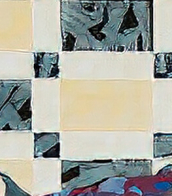

Jaime Isidoro is a Portuguese artist. Studied drawing and painting at Escola Soares dos Reis, Porto. For the first time he exhibited individually in 1945 (Porto). Parallel to his career as an artist, he has engaged in a wide range of activities as a cultural animator, gallery owner and teacher associated with important visual arts moments in the city of Porto and in the country. Since the urban landscape, especially the city of Porto, was the subject of many of his works, he initially created figurative works with sensitive formal simplifications, later developing into abstraction. His career as an artist has been marked by two distinct periods that define different phases: the first occurred in the mid-1940s and mid-1950s, while the second developed from the second half of the 1980s.


Jaime Isidoro is a Portuguese artist. Studied drawing and painting at Escola Soares dos Reis, Porto. For the first time he exhibited individually in 1945 (Porto). Parallel to his career as an artist, he has engaged in a wide range of activities as a cultural animator, gallery owner and teacher associated with important visual arts moments in the city of Porto and in the country. Since the urban landscape, especially the city of Porto, was the subject of many of his works, he initially created figurative works with sensitive formal simplifications, later developing into abstraction. His career as an artist has been marked by two distinct periods that define different phases: the first occurred in the mid-1940s and mid-1950s, while the second developed from the second half of the 1980s.









